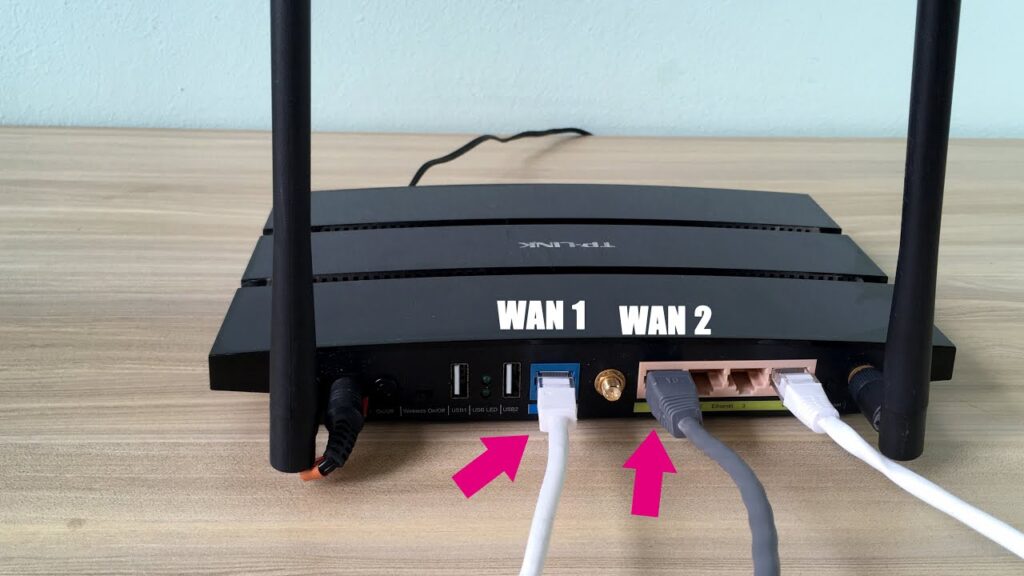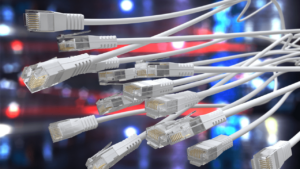A WAN vs LAN Port on Router connects to external networks like the Internet, linking devices within a local network (LAN). In Dubai, UAE, routers play a crucial role in facilitating seamless communication between devices within homes or businesses (LAN) and the broader internet infrastructure (WAN), ensuring efficient data exchange and connectivity for users in the region.
I. Wan Port vs Lan Port Forwarding
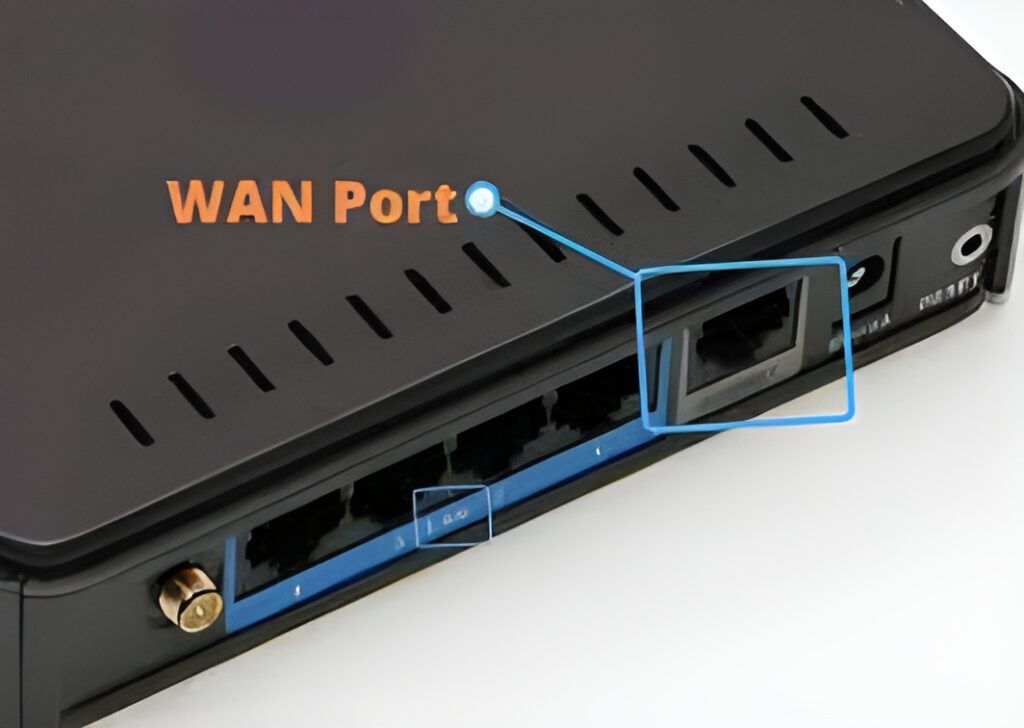
1. WAN Port Forwarding:
- Facilitates external communication.
- Redirects incoming traffic from the internet to a specific device in your local network.
- Essential for hosting online services or gaming.
2. LAN Port Forwarding:
- Manages internal network traffic.
- Redirects communication within your local network to a designated device.
- Useful for optimizing data flow in complex home or office setups.
3. WAN vs LAN:
- WAN focuses on external connections and LAN on internal.
- WAN forwarding helps external users access your services.
- LAN forwarding streamlines communication within your local network.
4. Common Uses:
- WAN: Hosting websites, online gaming, remote access.
- LAN: Optimizing internal data flow, enhancing communication efficiency.
5. Security Considerations:
- WAN forwarding requires careful configuration for security.
- LAN forwarding is generally more secure when dealing with internal traffic.
6. Configuration Complexity:
- WAN vs LAN Port on Router setup involves dealing with your router’s external interface.
- LAN setup is typically simpler, focusing on devices within your local network.
II. LAN/WAN Port On Modem
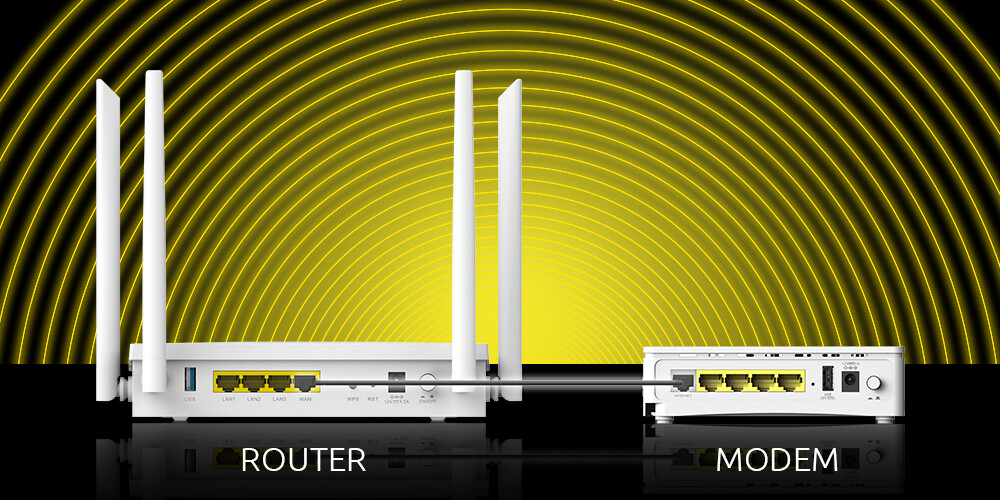
1. LAN Port: Local Connectivity
- The WAN vs LAN Port on Router of your modem facilitates local area network connections within your home or office.
- It lets you connect devices like computers, gaming consoles, or smart TVs directly to the modem for high-speed, local data exchange.
2. WAN Port: Wide Area Networking
- The WAN vs LAN Port on Router is your gateway to the external world, connecting your modem to the wider internet.
- It allows the modem to communicate with your Internet Service Provider (ISP) and fetch data from the Internet to be distributed within your local network.
3. LAN: Internal Network Hub
- LAN ports create a hub for internal communication, fostering seamless data transfer between devices within your network.
- Perfect for activities like file sharing, printing, and local gaming without relying on external internet resources.
4. WAN: External Connection Gateway
- Essential for accessing online services, streaming content, and browsing websites.
5. LAN: High-Speed Local Transfers
- LAN ports support high-speed data transfer rates, making them ideal for applications that demand quick and reliable internal communication.
- Great for tasks like streaming media within your home network without buffering delays.
6. WAN: Internet Access Point
- The WAN vs LAN Port on Router is your ticket to the online world, providing the necessary connection to your ISP for internet access.
- With the WAN port, your local network would be connected to the broader internet ecosystem.
III. LAN Port vs Ethernet Port
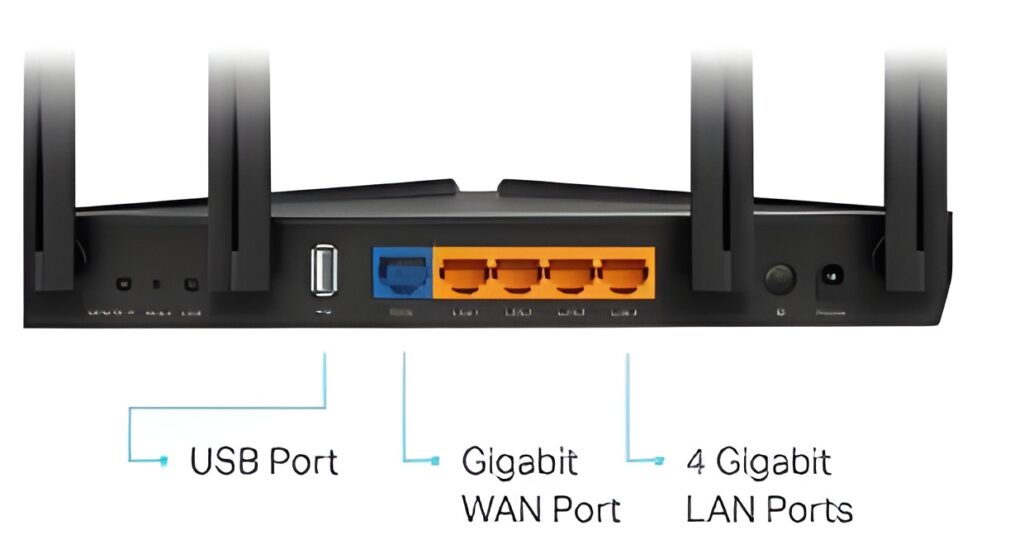
1. LAN (Local Area Network): A LAN is a group of interconnected computers and devices confined to a limited geographical area, typically within a home, office, or building.
2. Ethernet: Ethernet is a widely used set of standards for wired LANs, defining how data is transmitted and received between devices.
3. LAN Port: An Ethernet port, commonly referred to as a LAN port, serves as the tangible gateway on a device, facilitating its link to a local area network through the utilization of an Ethernet cable.
4. Ethernet Port: An Ethernet port is synonymous with a LAN port. Both terms refer to the same physical interface for connecting devices to an Ethernet network.
5. Interchangeability: The terms “LAN port” and “Ethernet port” are used interchangeably because Ethernet is the dominant technology for wired LANs.
6. Common Usage: Ethernet ports, ubiquitous on a spectrum of network devices including computers, routers, and switches, serve as the vital conduits facilitating seamless local area network (LAN) connectivity.
7. Connector Type: LAN ports typically use RJ-45 connectors, which are characterized by their rectangular shape and eight pins.
8. Cable Compatibility: LAN ports are designed to work with Ethernet cables, also known as LAN cables.
9. Network Speed: LAN ports support various Ethernet standards, each offering different data transfer rates.
10. Reliable Connection: Ethernet connections are generally considered reliable and offer consistent performance for data transfer.
A. Should I Use a WAN or LAN Port On the Router?
- To link your router to your modem or another external network, like the Internet, use the WAN vs. LAN port on your router.
- To link your printer, computer, and other devices to your router, use the LAN ports.
- Refer to your router’s documentation if you’re not sure which port to use.
- Connecting two devices to the same local network via a WAN port is not recommended.
- Use an Ethernet switch if you need to connect your router to more than four devices.
B. What is a WAN Port Used For?
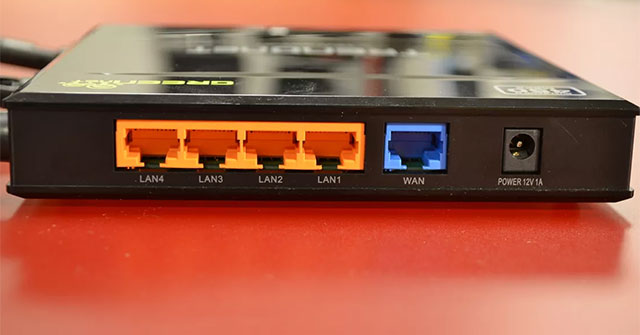
A WAN (Wide Area Network) port is a specific type of connection port found on routers and modems. It serves as the gateway to the wider internet, allowing devices connected to the router to access the online world. Here are the primary functions of a WAN port:
1. Connecting to an External Network: The WAN vs LAN Port on Router is the bridge between your local network and the internet. It makes it possible for your gadgets to connect to the extensive computer and server network that makes up the internet.
2. Receiving Internet Traffic: The WAN port receives incoming internet data from your internet service provider (ISP).
3. Routing Traffic to Devices: The WAN vs LAN Port on Router acting as a traffic controller, distributes the received internet data to the connected devices on your local network. Each device receives the data it specifically requests.
4. Sending Outgoing Traffic: When you browse the web, stream videos, or send emails, the WAN port acts as the exit point for this outgoing traffic. It sends your data packets to the appropriate destinations on the internet.

